ADT 2011 Annual Report Download - page 167
Download and view the complete annual report
Please find page 167 of the 2011 ADT annual report below. You can navigate through the pages in the report by either clicking on the pages listed below, or by using the keyword search tool below to find specific information within the annual report.-
 1
1 -
 2
2 -
 3
3 -
 4
4 -
 5
5 -
 6
6 -
 7
7 -
 8
8 -
 9
9 -
 10
10 -
 11
11 -
 12
12 -
 13
13 -
 14
14 -
 15
15 -
 16
16 -
 17
17 -
 18
18 -
 19
19 -
 20
20 -
 21
21 -
 22
22 -
 23
23 -
 24
24 -
 25
25 -
 26
26 -
 27
27 -
 28
28 -
 29
29 -
 30
30 -
 31
31 -
 32
32 -
 33
33 -
 34
34 -
 35
35 -
 36
36 -
 37
37 -
 38
38 -
 39
39 -
 40
40 -
 41
41 -
 42
42 -
 43
43 -
 44
44 -
 45
45 -
 46
46 -
 47
47 -
 48
48 -
 49
49 -
 50
50 -
 51
51 -
 52
52 -
 53
53 -
 54
54 -
 55
55 -
 56
56 -
 57
57 -
 58
58 -
 59
59 -
 60
60 -
 61
61 -
 62
62 -
 63
63 -
 64
64 -
 65
65 -
 66
66 -
 67
67 -
 68
68 -
 69
69 -
 70
70 -
 71
71 -
 72
72 -
 73
73 -
 74
74 -
 75
75 -
 76
76 -
 77
77 -
 78
78 -
 79
79 -
 80
80 -
 81
81 -
 82
82 -
 83
83 -
 84
84 -
 85
85 -
 86
86 -
 87
87 -
 88
88 -
 89
89 -
 90
90 -
 91
91 -
 92
92 -
 93
93 -
 94
94 -
 95
95 -
 96
96 -
 97
97 -
 98
98 -
 99
99 -
 100
100 -
 101
101 -
 102
102 -
 103
103 -
 104
104 -
 105
105 -
 106
106 -
 107
107 -
 108
108 -
 109
109 -
 110
110 -
 111
111 -
 112
112 -
 113
113 -
 114
114 -
 115
115 -
 116
116 -
 117
117 -
 118
118 -
 119
119 -
 120
120 -
 121
121 -
 122
122 -
 123
123 -
 124
124 -
 125
125 -
 126
126 -
 127
127 -
 128
128 -
 129
129 -
 130
130 -
 131
131 -
 132
132 -
 133
133 -
 134
134 -
 135
135 -
 136
136 -
 137
137 -
 138
138 -
 139
139 -
 140
140 -
 141
141 -
 142
142 -
 143
143 -
 144
144 -
 145
145 -
 146
146 -
 147
147 -
 148
148 -
 149
149 -
 150
150 -
 151
151 -
 152
152 -
 153
153 -
 154
154 -
 155
155 -
 156
156 -
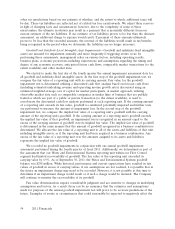 157
157 -
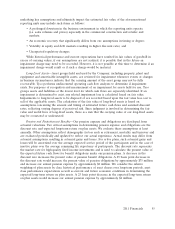 158
158 -
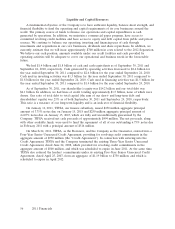 159
159 -
 160
160 -
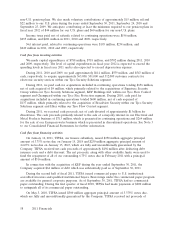 161
161 -
 162
162 -
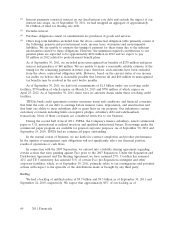 163
163 -
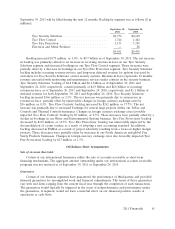 164
164 -
 165
165 -
 166
166 -
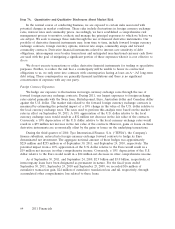 167
167 -
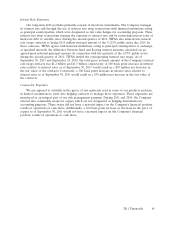 168
168 -
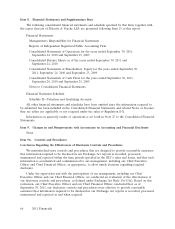 169
169 -
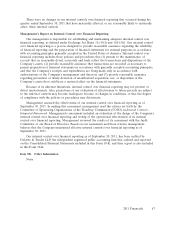 170
170 -
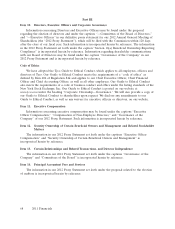 171
171 -
 172
172 -
 173
173 -
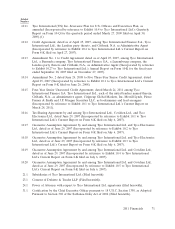 174
174 -
 175
175 -
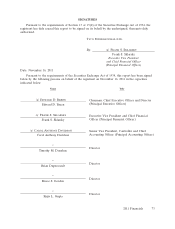 176
176 -
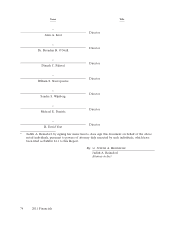 177
177 -
 178
178 -
 179
179 -
 180
180 -
 181
181 -
 182
182 -
 183
183 -
 184
184 -
 185
185 -
 186
186 -
 187
187 -
 188
188 -
 189
189 -
 190
190 -
 191
191 -
 192
192 -
 193
193 -
 194
194 -
 195
195 -
 196
196 -
 197
197 -
 198
198 -
 199
199 -
 200
200 -
 201
201 -
 202
202 -
 203
203 -
 204
204 -
 205
205 -
 206
206 -
 207
207 -
 208
208 -
 209
209 -
 210
210 -
 211
211 -
 212
212 -
 213
213 -
 214
214 -
 215
215 -
 216
216 -
 217
217 -
 218
218 -
 219
219 -
 220
220 -
 221
221 -
 222
222 -
 223
223 -
 224
224 -
 225
225 -
 226
226 -
 227
227 -
 228
228 -
 229
229 -
 230
230 -
 231
231 -
 232
232 -
 233
233 -
 234
234 -
 235
235 -
 236
236 -
 237
237 -
 238
238 -
 239
239 -
 240
240 -
 241
241 -
 242
242 -
 243
243 -
 244
244 -
 245
245 -
 246
246 -
 247
247 -
 248
248 -
 249
249 -
 250
250 -
 251
251 -
 252
252 -
 253
253 -
 254
254 -
 255
255 -
 256
256 -
 257
257 -
 258
258 -
 259
259 -
 260
260 -
 261
261 -
 262
262 -
 263
263 -
 264
264 -
 265
265 -
 266
266 -
 267
267 -
 268
268 -
 269
269 -
 270
270 -
 271
271 -
 272
272 -
 273
273 -
 274
274 -
 275
275 -
 276
276 -
 277
277 -
 278
278 -
 279
279 -
 280
280 -
 281
281 -
 282
282 -
 283
283 -
 284
284 -
 285
285 -
 286
286 -
 287
287 -
 288
288 -
 289
289 -
 290
290 -
 291
291 -
 292
292 -
 293
293 -
 294
294 -
 295
295 -
 296
296 -
 297
297 -
 298
298 -
 299
299 -
 300
300 -
 301
301 -
 302
302 -
 303
303 -
 304
304 -
 305
305 -
 306
306 -
 307
307 -
 308
308 -
 309
309 -
 310
310 -
 311
311 -
 312
312 -
 313
313
 |
 |
Item 7A. Quantitative and Qualitative Disclosures About Market Risk
In the normal course of conducting business, we are exposed to certain risks associated with
potential changes in market conditions. These risks include fluctuations in foreign currency exchange
rates, interest rates and commodity prices. Accordingly, we have established a comprehensive risk
management process to monitor, evaluate and manage the principal exposures to which we believe we
are subject. We seek to manage these risks through the use of financial derivative instruments. Our
portfolio of derivative financial instruments may, from time to time, include forward foreign currency
exchange contracts, foreign currency options, interest rate swaps, commodity swaps and forward
commodity contracts. Derivative financial instruments related to interest rate sensitivity of debt
obligations, intercompany cross border transactions and anticipated non-functional currency cash flows
are used with the goal of mitigating a significant portion of these exposures when it is cost effective to
do so.
We do not execute transactions or utilize derivative financial instruments for trading or speculative
purposes. Further, to reduce the risk that a counterparty will be unable to honor its contractual
obligations to us, we only enter into contracts with counterparties having at least an Aǁ/A3 long-term
debt rating. These counterparties are generally financial institutions and there is no significant
concentration of exposure with any one party.
Foreign Currency Exposures
We hedge our exposure to fluctuations in foreign currency exchange rates through the use of
forward foreign currency exchange contracts. During 2011, our largest exposures to foreign exchange
rates existed primarily with the Swiss franc, British pound, Euro, Australian dollar and Canadian dollar
against the U.S. dollar. The market risk related to the forward foreign currency exchange contracts is
measured by estimating the potential impact of a 10% change in the value of the U.S. dollar relative to
the local currency exchange rates. The rates used to perform this analysis were based on the market
rates in effect on September 30, 2011. A 10% appreciation of the U.S. dollar relative to the local
currency exchange rates would result in a $32 million net decrease in the fair value of the contracts.
Conversely, a 10% depreciation of the U.S. dollar relative to the local currency exchange rates would
result in a $39 million net increase in the fair value of the contracts. However, gains or losses on these
derivative instruments are economically offset by the gains or losses on the underlying transactions.
During the third quarter of 2010, Tyco International Finance, S.A. (‘‘TIFSA’’), the Company’s
finance subsidiary, entered into foreign currency exchange forward contracts to hedge its Euro
denominated net investment. The aggregate notional amount of these hedges was approximately
$224 million and $255 million as of September 30, 2011, and September 24, 2010, respectively. The
potential impact from a 10% appreciation of the U.S. dollar relative to the Euro would result in a
$19 million net increase in other comprehensive income. Conversely, a 10% depreciation of the U.S.
dollar relative to the Euro would result in a $24 million net decrease in other comprehensive income.
As of September 30, 2011, and September 24, 2010, $2.9 billion and $3.0 billion, respectively, of
intercompany loans have been designated as permanent in nature. For the fiscal years ended
September 30, 2011, September 24, 2010 and September 25, 2009, we recorded $16 million of
cumulative transaction gain, $24 million of cumulative translation loss and nil, respectively, through
accumulated other comprehensive loss related to these loans.
64 2011 Financials
